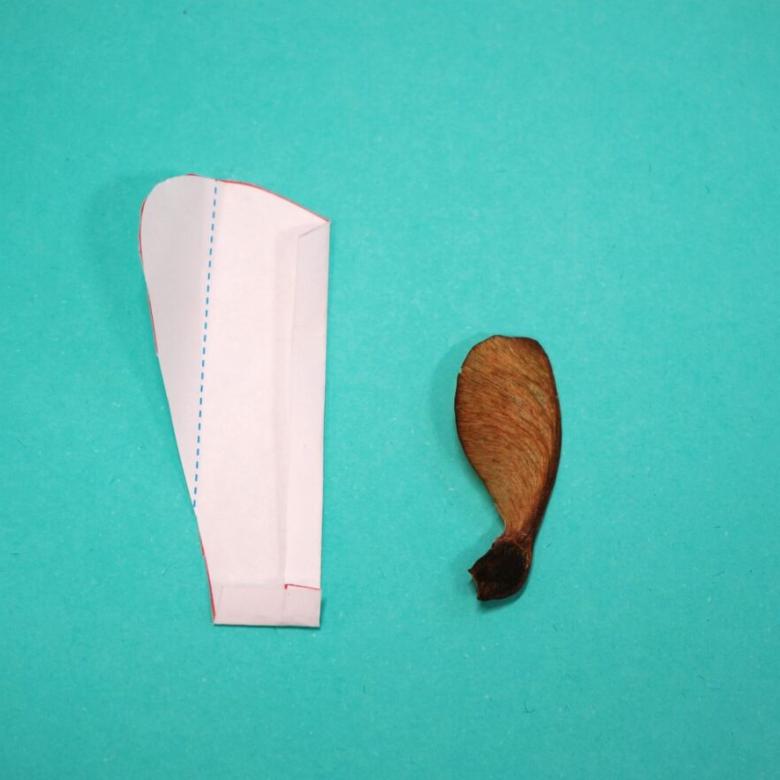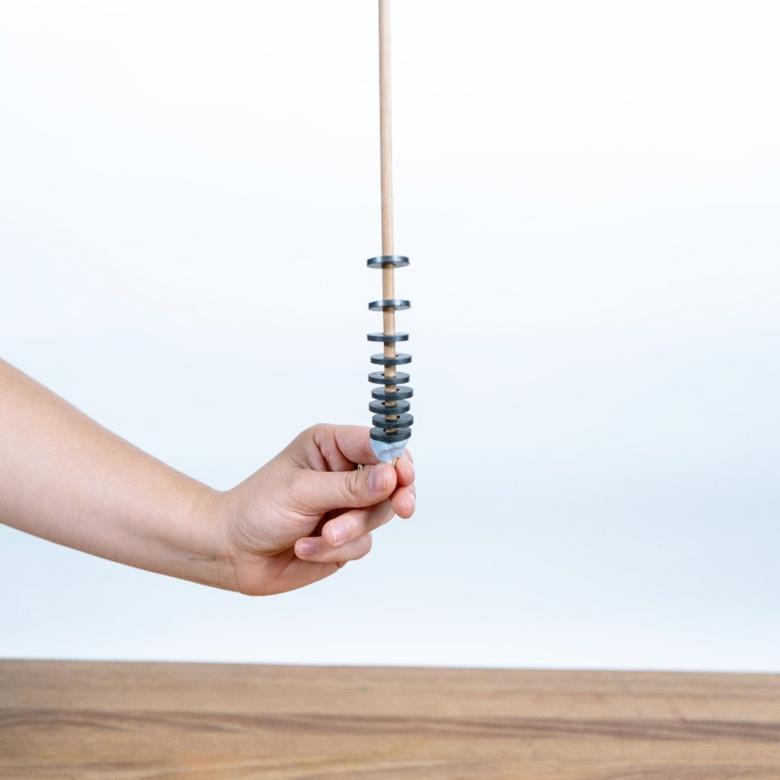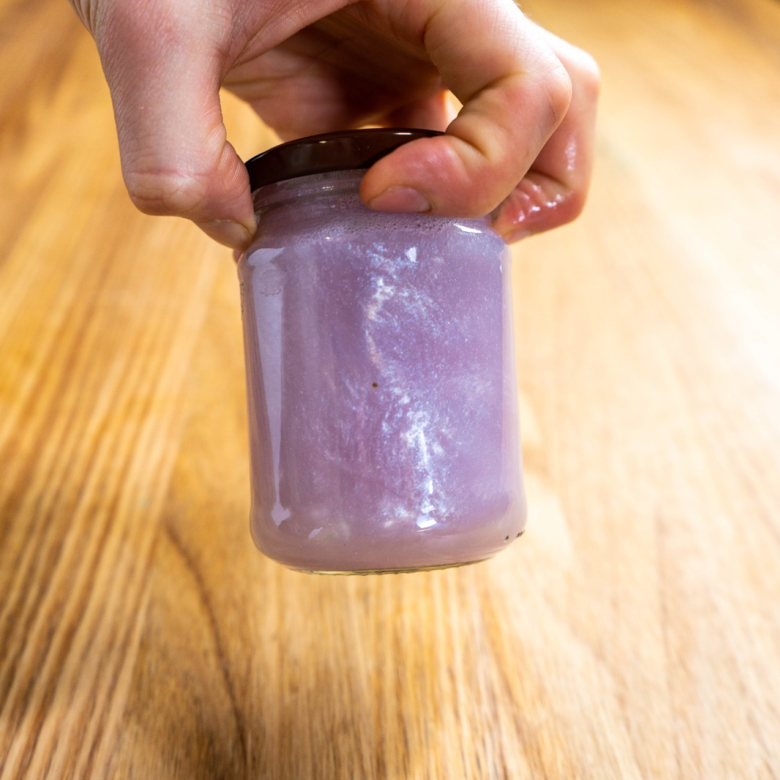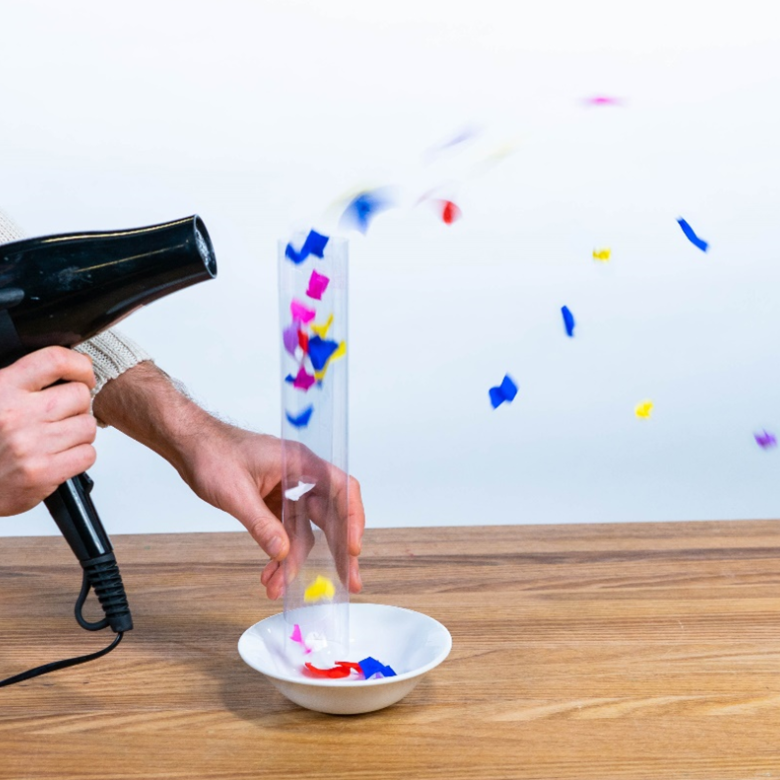You'll need
- A cardboard tube
- A spoon
- Sticky tape
- Soft things to throw, like small soft toys, marshmallows, cottonwool, foil balls and ping-pong balls
What to do
- Build a simple catapult with a cardboard tube as the base. Place the base on a flat surface, like the ground outside.
- Place the spoon across the cardboard tube and tape the middle of the spoon to the tube.
- Place an object in the spoon and then press down on the handle. Release the handle. What happens?
Questions to ask
What can you change to make a bigger and better catapult? Try changing one thing at a time. That way you know if it makes a difference or not:
- Try how you use the catapult. What happens if you only press on the handle of the spoon a little bit? How about if you press it really hard?
- Try changing the material, size and/or weight of the object being thrown.
- Try changing the design of the catapult. You can use a coathanger or a pencil as the catapult. Also, try changing the length of the catapult arm or where the ‘hand’ is on the arm.
Think you’ve got a pretty awesome catapult now? Try these challenges:
- How far can you throw something with your catapult? After testing all types of catapults and objects, build a catapult that can throw things really far. Mark the distance the object travels, then repeat the test. Could you make any changes to throw your object even further?
- Can you aim at something with your catapult? Use a box or a toy as a target, and mark a spot on the ground for your catapult. Change your design until you can hit the target without moving your catapult. Once you hit the target, try putting it in a different place and try it again.
What's happening
A catapult uses the same concept as throwing a ball. Try throwing something, and watch your arm. You move your arm back and then move it forward, right? The energy from your muscles moves your arm forward and that energy goes into the ball and propels it forward. A catapult works in a similar way. By pressing on the spoon, you are transferring energy to the catapult arm and making it move. This energy is transferred to the object on the spoon and allows it to fly through the air.
Did you know
The catapult is just one type of ancient weapon used to fling objects long distances. Others include the ballista and the trebuchet. A ballista uses twisted ropes and bent pieces of wood to store the elastic potential energy. The trebuchet is a bit different. It is like a seesaw. It has a long beam with a heavy weight at one end. When the weight falls, the other end flies up and throws the projectile. Large catapults can send projectiles as far as 300 m.
Want to make more catapults? Try our Marshmallow Catapult activity!






